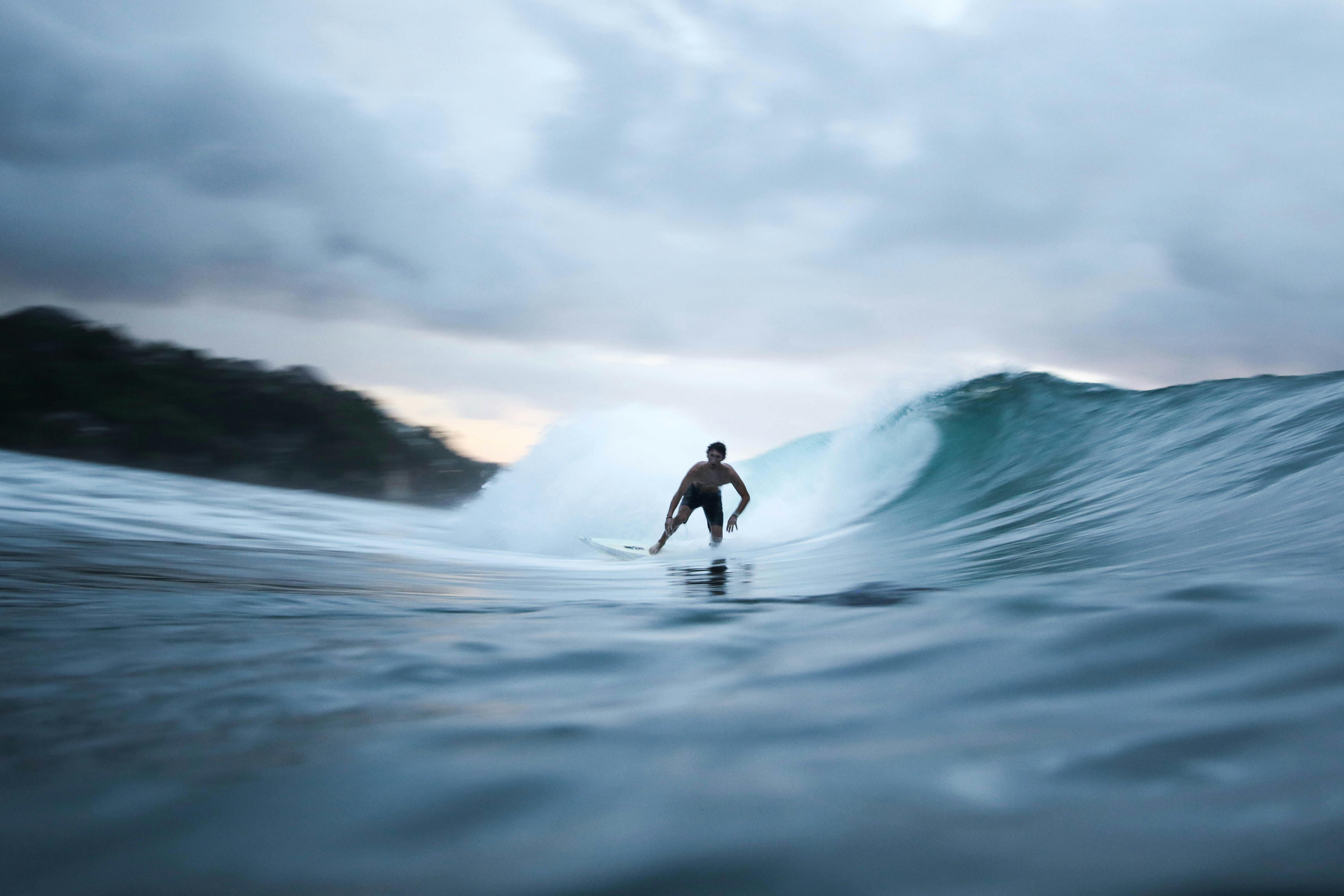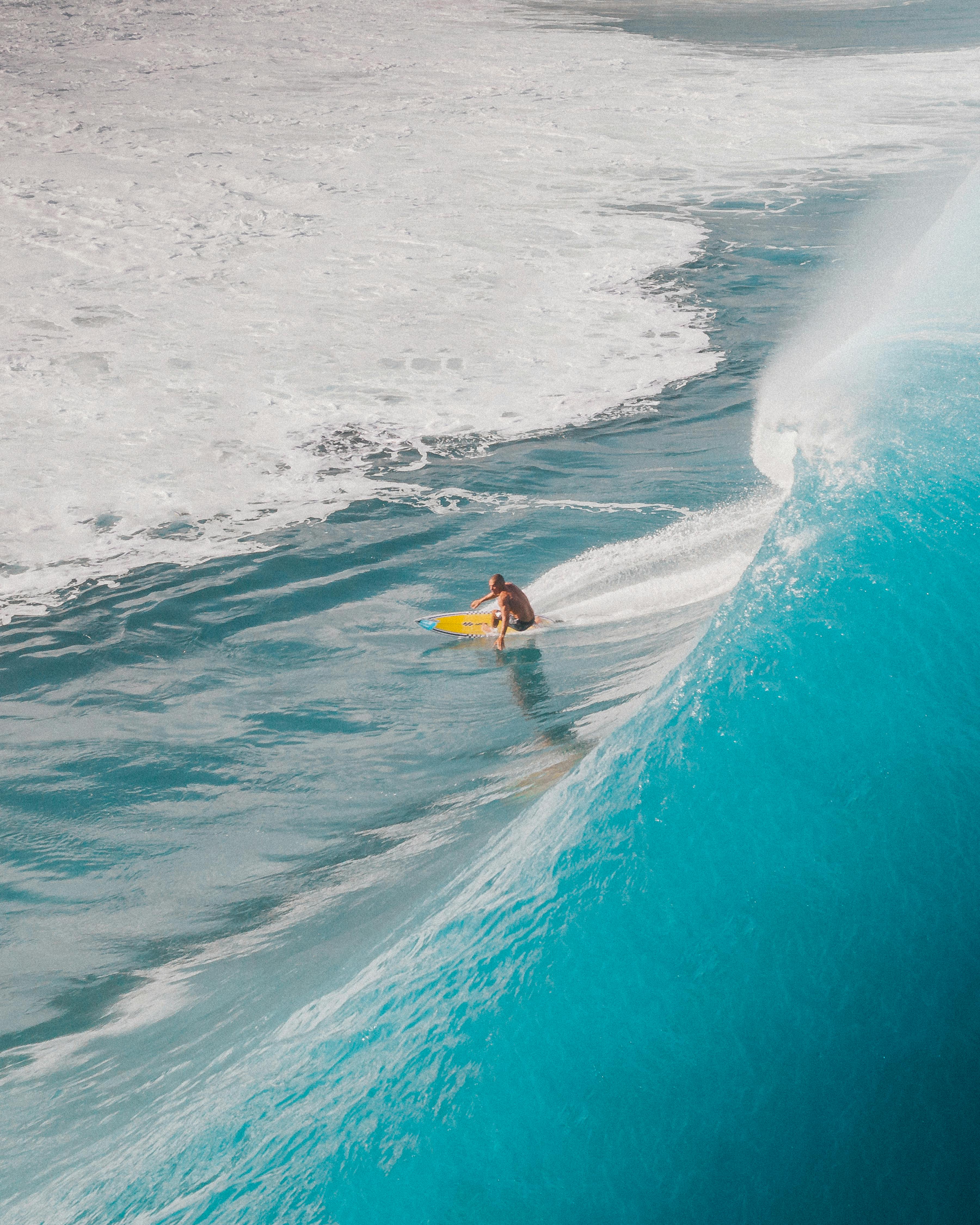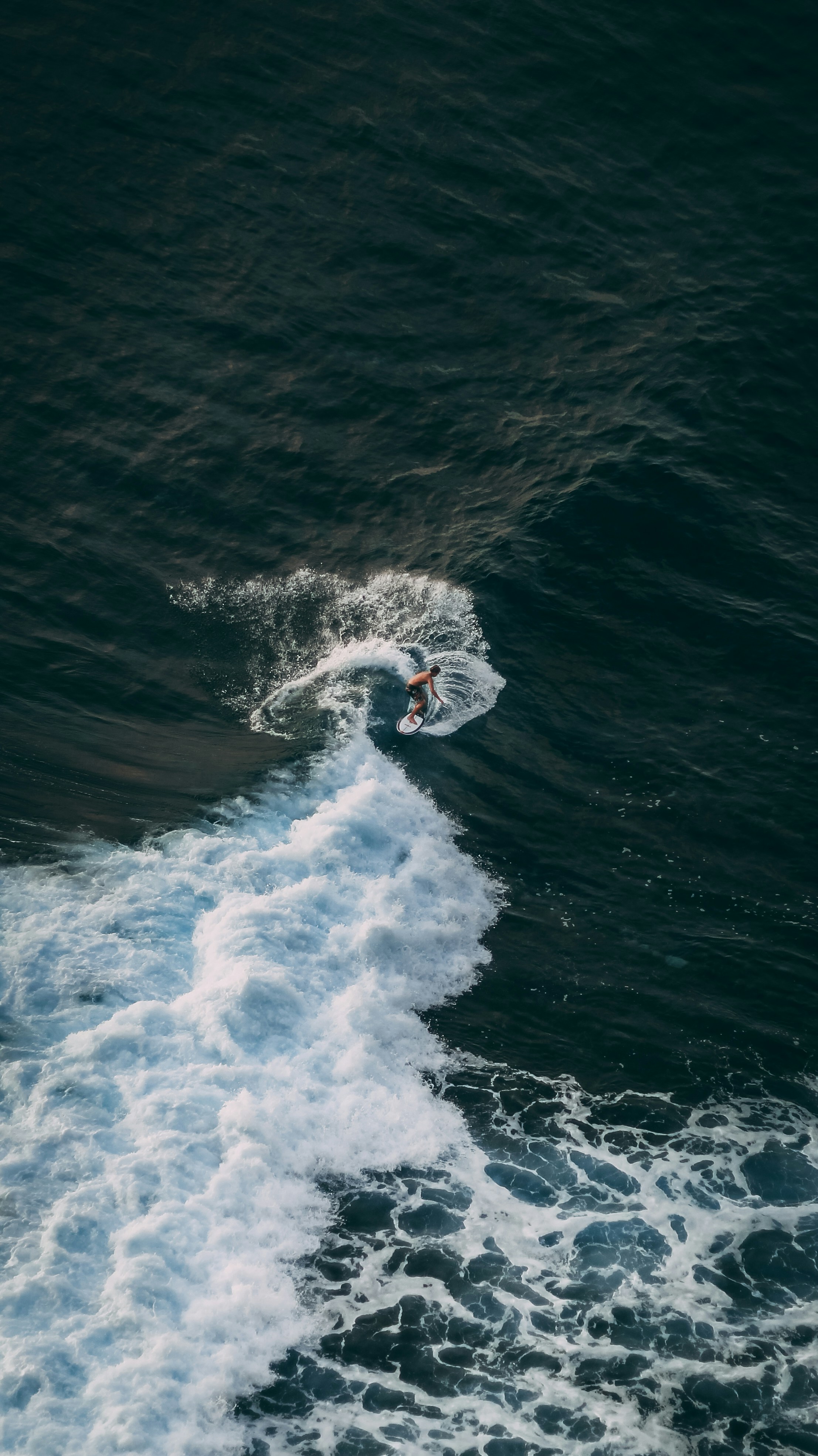The Most Important Turn in Surfing (That You’re Probably Doing Wrong)
You know that feeling when your turn feels sluggish – like you ran out of steam halfway up the wave?
It probably didn’t start at the lip. It started at the bottom.
The bottom turn isn’t just a setup – it’s the most important moment in your entire ride. Done right, it generates all the speed, tension, and flow you need for a powerful turn. Done wrong, it kills your momentum before the maneuver even starts.
Here’s why it matters – and how to fix it.
1. The Bottom Turn Isn’t a Trick – It’s a Transition
The bottom turn isn’t a maneuver in itself. It’s the transition that connects the low point of the wave to the high point – like winding a spring you’re about to release.
That distinction matters. If you unload too early, twist the wrong way, or come up too flat, you bleed energy before you hit the section – and your turn falls apart.
You need to compress, coil, and release with purpose.
2. Most Surfers Release Too Early
Watch any intermediate surfer and you’ll spot it – they extend out of their bottom turn before their board is even pointed toward the target section.
That early release sends energy sideways toward the beach, instead of up the wave. The result? A mid-face flick or a weak throwaway turn with no speed behind it.
Fix it by:
– Holding your bottom turn longer – wait until your board is actually aimed at the lip
– Releasing with vertical intent, not horizontal panic
– Watching spray direction in footage: where it flies is where your energy went
3. Your Arms Are Giving You Away
A common mistake is throwing the lead arm across the body too early – especially on backside turns. That rotation might feel powerful, but it often cashes in your twist before the turn even starts.
Instead, think:
– Down, then up with the arm – to load the compression before you rotate
– Shrug and release instead of spin and slap
– Keep shoulders open and time the twist with your board’s redirection
Subtle changes in your arm path can mean the difference between rail engagement and a flat, drifting turn.
4. Backside Bottom Turns = Low to High (Not Just Rotation)
Most surfers rotate backside – but forget the low-to-high energy transfer.
If your body doesn’t rise up out of the bottom turn, you stay stuck in the mid-face, turning across instead of into the section. Your leading arm should drop, then punch up and across – helping your torso shift toward the toe-side rail and launch the board vertically.
It’s a kinetic chain – and it all starts at the bottom.
How TRAX Helps You Nail the Bottom Turn
TRAX breaks the bottom turn down frame by frame.
It tracks:
– When and where you start compressing
– How long you hold it
– The direction of your release
– Your angle of approach into the top section
Even without video, it shows whether your turn was vertical, early, or flat – and suggests drills to fix exactly what went wrong. You’ll know if your arm path is short-changing your rotation, or if your board’s still facing sideways when you extend.
Want to make your turns count? Start with the bottom turn – and let TRAX fine-tune it.
Serious turns start with serious intent. Master the bottom turn and everything else gets easier.
Sign up now for TRAX early access.
How Surfing a Twin Fin Changes Everything – It’s Not Just a Vibe – Riding different boards makes your turn technique impossible to fake.
How to Stay Calm in the Surf – Even When Things Get Sketchy – Rushing your bottom turn usually means you’re panicking.








